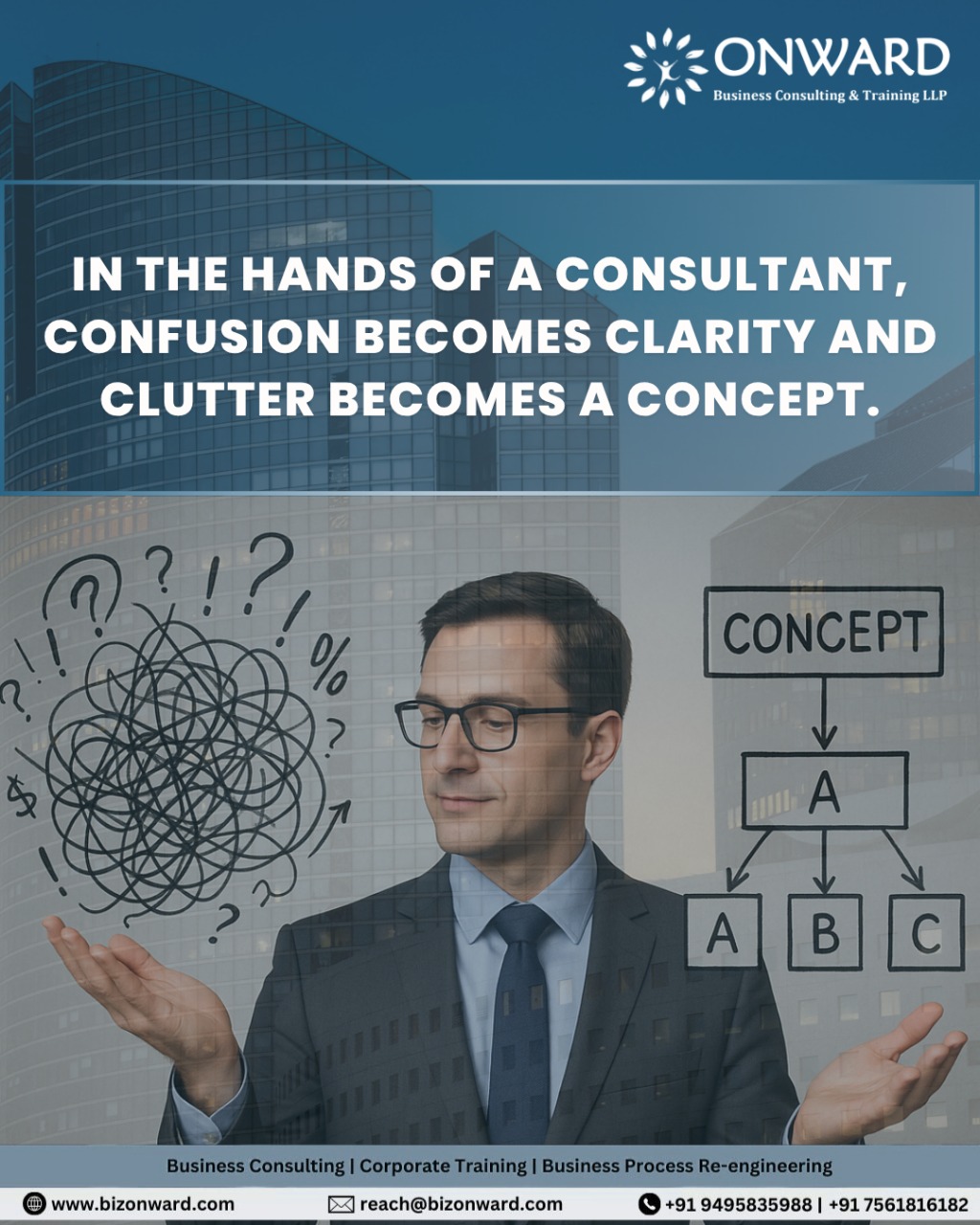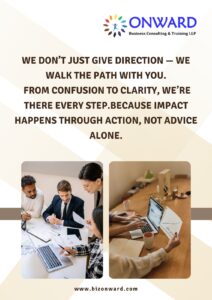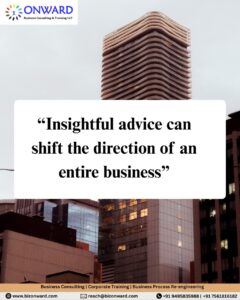In the fast-paced world of business, confusion often creeps in through competing priorities, disjointed processes, and unclear objectives. Leaders may sense inefficiencies but struggle to pinpoint the cause—or the cure. This is where a consultant steps in, not to impose ready-made answers, but to guide the organization toward structured clarity.
A consultant’s value lies in transforming complexity into coherence. What appears as a tangle of problems is, in their eyes, a system waiting to be understood. They approach challenges with fresh perspective, neutral judgment, and a toolkit built from experience, analysis, and frameworks that foster actionable insight.
The magic doesn’t lie in bringing solutions—it lies in identifying the real problems. Consultants listen, observe, question, and map. Through collaborative exploration, they help define what truly matters, and design pathways to navigate from confusion to concept.
This transformation is more than strategic—it’s cultural. When clutter becomes a concept, teams become aligned, communication flows better, and decision-making strengthens. Processes improve, not by chance, but by design. The organization begins to operate with intent rather than instinct.
In a sense, consultants don’t just solve problems—they reveal potential. They don’t just fix broken parts—they connect the dots. Their presence turns ambiguity into structure and disarray into direction.
In today’s climate, businesses don’t need more noise. They need clarity. And consultants are the architects of that clarity—helping build the bridge between where a company is and where it wants to be.




